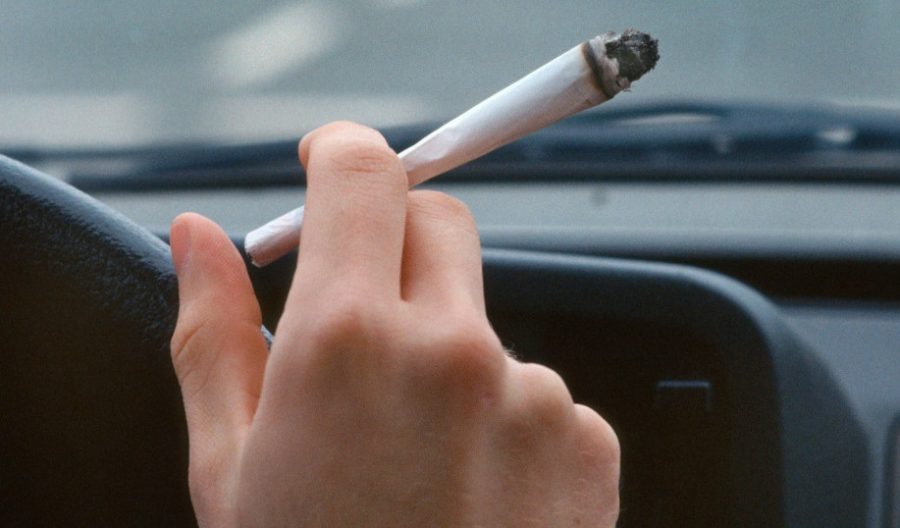Enactment of adult-use cannabis legalization does not influence drugged driving behavior use
New data published in the journal BMC Research suggests that the enactment of adult-use legalization across the United States has not encouraged people to change their attitudes or behaviors in regards to driving under the influence of cannabis.
This hypothesis was met after a group of researchers associated with The Center for Injury Research and Policy at Nationwide Children’s Hospital in Ohio analyzed viewpoints pertaining to driving under the influence of cannabis from a nationally representative sample of 55,000 people.
Collectively, the researchers discovered that the frequency of drugged driving incidents did not increase after legalization was enacted.
Instead, “cannabis users in states that legalized RM [recreational cannabis] self-reported driving after cannabis use less than their counterparts (who resided in states where adult-use cannabis remains illegal). They were also less likely to find such behavior [driving after ingesting cannabis] acceptable.”
The authors concluded their research report by saying that they found “no predominant pattern suggesting that behaviors and attitudes were more tolerant in states with liberal cannabis policies.”
Titled, “Demographic and policy-based differences in behaviors and attitudes toward driving after marijuana use: An analysis of the 2013-2017 Safety Culture Index,” a complete text of the study into post-legalization behavior for driving under the influence of cannabis can be found in BMC Research Notes.
Driving under the influence of cannabis: Deputy director of non-profit organization supports study findings
Speaking about the study’s findings, NORML’s Deputy Director Paul Armentano said that the study’s conclusions indicate that people are not more likely to jump inside a motor vehicle after consuming the plant; in whatever form.
In fact, Armentano says that the vast majority of the general public regards driving under the influence of cannabis as completely unacceptable, regardless of what state law says about the drug.
“These findings ought to be reassuring to those who feared that legalization might inadvertently be associated with relaxed attitudes toward driving under the influence,” Armentano told reporters.
Further information surrounding the subject of cannabis consumption and traffic safety is outlined in the NORML fact-sheet, titled, “Marijuana and Psychomotor Performance.”
Drug-impaired Driving Education Act Filed Last Year
In August of last year, a new congressional bill aimed at combating drug-impaired driving incidents was filed by Reps. Kathleen Rice (D-NY) and Troy Balderson (R-OH). The Drug-Impaired Driving Education Act would designate an annual federal grant fund of $5 million for states to raise public education awareness on the issue.
Based on publicly-released details of the Drug-Impaired Driving Education Act, States that are on the receiving end of grant money would be required to “use evidence and strategies recommended by” the Congressional Research Service (CRS) in a 2019 report, as well as evidence and strategies recommended in a National Highway Traffic Safety Administration’s (NHTSA) 2017 report and “other evidence-based, peer-reviewed strategies as determined by” the transportation secretary.
“Despite common misconceptions, drug-impaired driving is just as dangerous as driving under the influence of alcohol, and that’s why this bill to expand public education and awareness is so important,” said Rice, who sponsors the Act, in an official press release. “I’ve been working on these issues for my entire career, and I have seen the immense pain and tragedy that they can cause far too many times.”.
In a news report published at the start of June, Congresswoman Rice introduced a trio of bills in the House of Representatives, inclusive of the Drug-Impaired Driving Education Act. The reintroduced Act would create a $10 million annual grant program. States would be invited to apply and educate people about the risks that drug-impaired driving poses to public safety.
A similar chunk of legislation is The Distracted Driving Education Act, which would develop a $5 million annual grant program that nonprofit organizations could utilize for educational purposes.
Conversely, the third chunk of legislation, titled, “The Prevent Impaired Driving Child Endangerment Act,” would impose national penalties for drunk drivers who take to the wheel with a child in the car.








